As cybersecurity becomes a key part of preparing to go public, basic controls alone aren’t enough. Investors and regulators are increasingly paying attention to whether companies can handle real-world threats and protect sensitive data under pressure. Traditional assessments often miss what matters most and how systems behave during actual attack scenarios.
That’s where pentesting for IPOs comes in. By simulating targeted attacks, it reveals critical vulnerabilities and tests the effectiveness of your controls in real-world conditions.
For companies ready to open the door to investors, it’s a practical and credible way to demonstrate risk awareness, operational maturity, and readiness to meet public-market scrutiny.
tl;dr: Pre-IPO pentesting validates your company’s security posture before going public. It helps uncover vulnerabilities across applications, infrastructure, and cloud systems that could impact risk disclosures, investor trust, or audit outcomes. AppSecure’s pentesting for IPOs combines manual, context-rich testing with audit-ready reporting, aligning security findings with investor expectations, regulatory compliance goals, and critical listing.
How does pentesting for IPOs impact your preparation?
Penetration testing isn’t just a technical check, it’s a critical input into the security, governance, and disclosure frameworks investors and underwriters care about. Let’s look at how this aligns with key IPO requirements:
- Reinforcing internal security and IT governance
Effective internal controls are a core requirement for IPO-bound companies. Pentesting exposes flaws in identity management, misconfigured cloud assets, or insecure code that can undermine these controls.
These results directly support governance frameworks like SOX Section 404 and reinforce your risk management documentation.
- Informing cyber risk disclosures
The SEC mandates disclosure of material cybersecurity risks in public filings. Pentest findings help translate vague concerns into tangible vulnerabilities, such as exposed admin interfaces or broken access controls, that should be documented in the S-1 or 10-K as part of risk disclosures.
- Validating security claims to investors
If your S-1 mentions “enterprise-grade security” or “robust encryption,” you’ll need proof to back it up. Pentesting delivers independent validation, simulating real-world attack scenarios to confirm your claims. This strengthens credibility with institutional investors and advisory firms conducting technical due diligence.
- Minimizing post-IPO breach risk
Once public, your company becomes a more attractive target. A breach shortly after listing can tank investor confidence. Pentesting for IPOs uncovers exploitable gaps early, helping you fix them before attackers can exploit them, especially in internet-facing apps and cloud environments.
- Aligning with underwriter and legal due diligence
Banks and legal teams vet cybersecurity posture during IPO preparation. A recent, well-documented pentest signals that your security processes are mature. It ensures your technical stack has been tested against real threats, not just checked for compliance boxes.
Key security expectations from regulators and investors
Apart from knowing the role of penetration testing in IPO preparation, it’s equally important to understand the specific cybersecurity expectations set by regulators and institutional investors:
- Disclosure of material cybersecurity risks
Under SEC rules, companies must disclose material cybersecurity risks and incidents that could impact financial or operational performance. This requires evidence-based reporting.
Pentesting for IPOs uncovers exploitable weaknesses in your infrastructure, applications, and data flow, supporting disclosures with credible, third-party findings rather than vague statements.
- Evidence of enforced security controls
SEC and FINRA reviewers expect more than written policies, they assess operational enforcement.
Pentest results validate whether controls like MFA, access segmentation, WAF configurations, and secure development practices are actually implemented and effective in your environment.
- Proactive risk remediation signals maturity
Institutional investors seek indicators of proactive security posturing. A recent pentest, coupled with remediation evidence, demonstrates that your organization doesn’t just detect risks, it resolves them.
This technical maturity can positively influence investor confidence and valuation modeling.
When to conduct pentesting for IPOs
Timing your penetration tests strategically helps uncover exploitable risks, support disclosures, and demonstrate operational maturity to auditors and investors. Here's how pentesting fits into each phase of your IPO journey:
- 12 to 18 months pre-IPO: Security hardening phase
At this early stage, pentesting for IPOs focuses on identifying legacy vulnerabilities across infrastructure, applications, and identity layers. The goal is to harden the environment by validating firewall rules, IAM policies, outdated services, and patch hygiene.
This gives engineering and DevOps teams enough lead time to make systemic security improvements before auditors or underwriters begin their evaluations.
- 6 to 12 months before filing: Risk disclosure readiness
As S-1 documentation takes shape, you’ll need to disclose material cybersecurity risks. A targeted pentesting for IPOs helps identify exploitable flaws and informs your risk narrative with quantifiable, evidence-based findings.
This is especially critical if your platform handles regulated data (e.g., PII, PHI, financials) or has a complex threat surface (e.g., cloud-native or multi-tenant architecture).
- Post-filing, pre-listing: Control validation and investor confidence
This stage involves re-validating remediations from the earlier test cycle. A delta pentest demonstrates risk closure, control effectiveness, and operational maturity, useful during investor roadshows and final due diligence.
The focus shifts to proving real-world resilience under adversarial conditions, including zero-day scenarios and lateral movement attempts.
- Post-IPO: Public company governance
Once listed, recurring pentests support SOX readiness, cyber governance, and regulatory reporting. They validate that new features or integrations introduced post-IPO maintain the same security standards.
This also aligns with continuous monitoring frameworks expected by institutional investors and board committees.
What should pre-IPO pentests cover?
A pre-IPO pentest is about validating the resilience of your security controls across high-risk domains. Let’s break down the core areas it should address:
- External infrastructure: Reconnaissance, enumeration and exploitation
Attackers typically begin with what they can see, so should your pentesters. Tests should target all publicly exposed assets: domains, subdomains, IP blocks, WAFs, CDNs, mail servers, and VPN concentrators.
Advanced enumeration techniques like DNS zone transfers, certificate transparency scraping, and subdomain takeover attempts (CNAME hijacking) are used to reveal hidden exposure.
From there, testers exploit weak TLS configurations, forgotten staging environments, outdated software (e.g., Apache, IIS), or default creds on legacy portals.
- Application security: Deep testing across web, API, and mobile layers
Pre-IPO testing should involve black-box and grey-box assessments of all applications, public-facing, internal, and third-party integrated. OWASP Top 10 categories are just the start.
Testing must include chained exploits like authentication bypass → privilege escalation → lateral movement via APIs. For APIs, assess JWT mismanagement, insecure CORS policies, GraphQL introspection leaks, and rate-limiting evasion.
Mobile assessments include static code analysis (reverse engineering), dynamic instrumentation (using Frida or Objection), and runtime manipulation to bypass client-side controls.
- Cloud infrastructure: IAM drift, misconfigurations and privilege escalation
Modern IPO-stage companies are cloud-native. Pentesting here includes testing for overly permissive IAM policies (*:* on critical roles), unencrypted EBS volumes, unrestricted S3 buckets, public Lambda endpoints, or broken access inheritance in shared folders.
Attackers emulate common TTPs like abusing Instance Metadata Service (IMDSv1), pivoting via stolen credentials, or exploiting misconfigured role trust relationships. In-depth cloud pentesting should also validate log retention (e.g., CloudTrail, GuardDuty), secure CI/CD pipeline setups, and environment segregation.
- Social engineering: Simulating human compromise and process weakness
Pretext-based phishing campaigns (with payload delivery, credential harvesting, or callback testing) should target key departments, finance, HR, and engineering. The goal is to assess click-through rates, lateral movement potential, and whether users escalate suspicious activity.
Voice phishing (vishing) and impersonation testing (e.g., contacting IT support) should also be included to evaluate operational resilience and escalation protocols. Reports should include TTPs used, compromise success rate, and recommendations to reinforce security awareness training.
- Third-party and supply chain security: Assessing external trust zones
Most security programs underestimate the attack surface introduced via third-party platforms and SDKs. Pentesting here focuses on trust boundaries, such as SaaS integrations (e.g., CRM, billing), open OAuth flows, exposed webhook receivers, and embedded analytics libraries.
Risks like dependency confusion, token leakage in referer headers, or insufficient sandboxing of vendor-provided iFrames are examined. Tools like Burp Collaborator or DNS logging are used to validate data egress from these integrations.
- Privileged access, lateral movement, and segmentation testing
A mature pentest simulates internal compromise, testing how far an attacker could go once inside. This involves Kerberoasting, local privilege escalation (via DLL hijacking, unquoted paths, or misconfigured service binaries), AD enumeration, and testing RDP or SSH exposures.
Testers validate segmentation enforcement using techniques like VLAN hopping, SSH pivoting, or route abuse in multi-VPC setups. Identity-based attacks, like abusing default service principal permissions or failing to rotate API keys, are key targets in cloud-heavy environments.
AppSecure’s approach to pentesting for IPO-bound companies
AppSecure’s pre-IPO pentesting methodology is designed to meet the high bar set by investors, regulators, and internal governance teams. Rather than just identifying bugs, the focus is on mapping vulnerabilities to business risk, compliance expectations, and investor readiness.
Here's how AppSecure delivers value during this critical phase:
- Custom scoping aligned with investor and compliance expectations
AppSecure begins with a detailed scoping process tailored to pre-IPO milestones. The engagement identifies high-risk systems, such as cloud infrastructure, web applications, CI/CD pipelines, and customer-facing assets, that are most likely to undergo scrutiny by auditors and institutional investors.
Scoping decisions are influenced by frameworks like SOX, SOC 2, and NIST, ensuring alignment with expected SEC and underwriter requirements.
- Manual, real-world testing with clear business context
Rather than relying solely on scanners, AppSecure uses a manual-first methodology rooted in adversary simulation. Our team reproduces real-world exploitation paths, such as lateral movement across services or chained vulnerabilities in APIs, to reveal where production systems are most exposed.
Testing is designed to show how technical flaws could translate into business impact, reputational risk, or regulatory failure.
- Board-friendly reporting with remediation guidance
Each penetration testing report produced by AppSecure combines technical precision with executive clarity. Findings include CVSS scores, exploit narratives, affected systems, and remediation actions.
Our reports are designed for both security teams and business leaders, supporting informed decision-making at the board and compliance level. Clear prioritization helps teams resolve high-impact vulnerabilities quickly before IPO disclosures.
- Mapping vulnerabilities to risk registers and audit documentation
AppSecure maps identified vulnerabilities directly to internal risk frameworks. Results can be integrated into enterprise risk registers and used to support pre-IPO documentation for ITGC audits or internal audit programs.
This structured output helps your compliance team track mitigation, remediation timelines, and impact assessments, making audit preparation faster.
- Support for retesting and proof of fix before investor review
To ensure timely remediation and validation, AppSecure includes retesting in its service scope. Fixes are verified under controlled conditions, and updated reports reflect the current risk landscape.
This allows companies to present clean security reports and remediation evidence to investors, auditors, and underwriters during pre-IPO due diligence.
Benefits of conducting pentesting for IPOs
There are a number of benefits to including penetration testing as part of your IPO readiness strategy. Let’s explore the key ones that directly impact investor trust, regulatory alignment, and long-term resilience:
- Improved risk disclosures
Pentest results provide real, validated insights that strengthen cyber risk disclosures in S-1 filings. Instead of vague statements, companies can present evidence-backed assessments aligned with SEC cybersecurity disclosure expectations.
- Stronger investor confidence
Institutional investors and underwriters expect to see proof of cybersecurity resilience. A well-scoped pentest signals operational discipline, transparency, and a proactive security posture, traits that reduce perceived investment risk.
- Competitive differentiation in SaaS and fintech
For tech-first companies, security maturity often becomes a key differentiator. Demonstrating that you’ve completed deep testing and fixed critical vulnerabilities can set your offering apart in sectors like SaaS, fintech, or digital health.
- Avoiding surprises during due diligence
Pentesting for IPOs surface issues that might otherwise emerge during third-party diligence. Identifying and remediating these vulnerabilities early avoids last-minute delays, renegotiations, or valuation adjustments during the IPO process.
- Readiness for SOX, SOC 2, or ISO 27001 alignment
Post-IPO, organizations face ongoing compliance obligations. Pentesting helps validate controls relevant to SOX Section 404, SOC 2 Trust Services Criteria, and ISO 27001 Annex A controls, building a foundation for long-term security governance.
Common pitfalls to avoid during pre-IPO security testing
While pentesting for IPOs offers critical advantages ahead of going public, certain missteps can reduce its effectiveness or create new risks. Here are some common pitfalls pre-IPO companies should avoid:
- Relying solely on automated tools
Automated scanners can catch surface-level issues, but they often miss deeper, contextual vulnerabilities. A manual, attacker-simulated approach is essential to uncover complex logic flaws, privilege escalation paths, or chained exploits.
- Running tests too close to filing deadlines
Pentesting should not be rushed. Running tests too late in the IPO timeline can leave no room for remediation or investor-ready reporting. Schedule engagements 6–12 months before filing for maximum value.
- Ignoring cloud and third-party risks
Overlooking misconfigurations in cloud infrastructure or failing to assess vendors and APIs can leave major gaps. These areas often store sensitive customer data and are heavily scrutinized during due diligence.
- Treating pentesting as a one-time checkbox
Security isn’t static. Treating pentesting as a one-off effort misses the point. IPO readiness requires continuous validation and a risk management mindset that extends beyond Day 1 of public trading.
- Not integrating findings into your GRC framework
Failing to map findings into governance, risk, and compliance (GRC) systems weakens your internal controls. Tie vulnerabilities to risk registers, remediation plans, and audit artifacts for full traceability.
Build investor confidence with pentesting for IPOs
Going public isn’t just a financial milestone, it’s a test of operational maturity and risk preparedness. A well-executed pre-IPO pentesting program demonstrates your commitment to cybersecurity, regulatory readiness, and stakeholder trust. It shows that your company doesn’t just talk about security, it proves it.
AppSecure helps high-growth companies validate their security posture before listing, with manual, real-world testing mapped to investor, audit, and compliance priorities. Whether you're 12 months out or finalizing disclosures, we ensure your pentest efforts drive confidence, not just check a box.
Ready to strengthen your IPO story with actionable security insights? Get in touch with AppSecure to plan a customized pre-IPO pentesting engagement tailored to your infrastructure, risks, and reporting needs.
FAQs
- Why is pentesting important before an IPO?
Pentesting validates your security posture, identifies exploitable risks, and demonstrates due diligence to investors, auditors, and regulators, making it a key step in IPO readiness.
- When should companies conduct pentesting during IPO preparation?
Ideally, begin 12 to 18 months before filing. Run additional tests 6 to 12 months pre-IPO to support disclosures and again pre-listing to verify fixes and finalize reports.
- What does a pre-IPO pentest include?
It covers external infrastructure, application security, cloud configurations, social engineering, and access controls, aligned to investor, audit, and compliance expectations.
- Does pentesting for IPOs help with SEC or SEBI compliance?
Yes. While not mandatory, pentest reports support required cybersecurity risk disclosures and align with regulatory expectations for proactive risk management.
- Can AppSecure provide board-level reporting for IPO readiness?
Yes. AppSecure delivers readable, board-friendly reports with business impact summaries, remediation guidance, and mapping to risk registers and audit needs.

Ankit Pahuja is a B2B SaaS marketing expert with deep specialization in cybersecurity. He makes complex topics like EDR, XDR, MDR, and Cloud Security accessible and discoverable through strategic content and smart distribution. A frequent contributor to industry blogs and panels, Ankit is known for turning technical depth into clear, actionable insights. Outside of work, he explores emerging security trends and mentors aspiring marketers in the cybersecurity space.







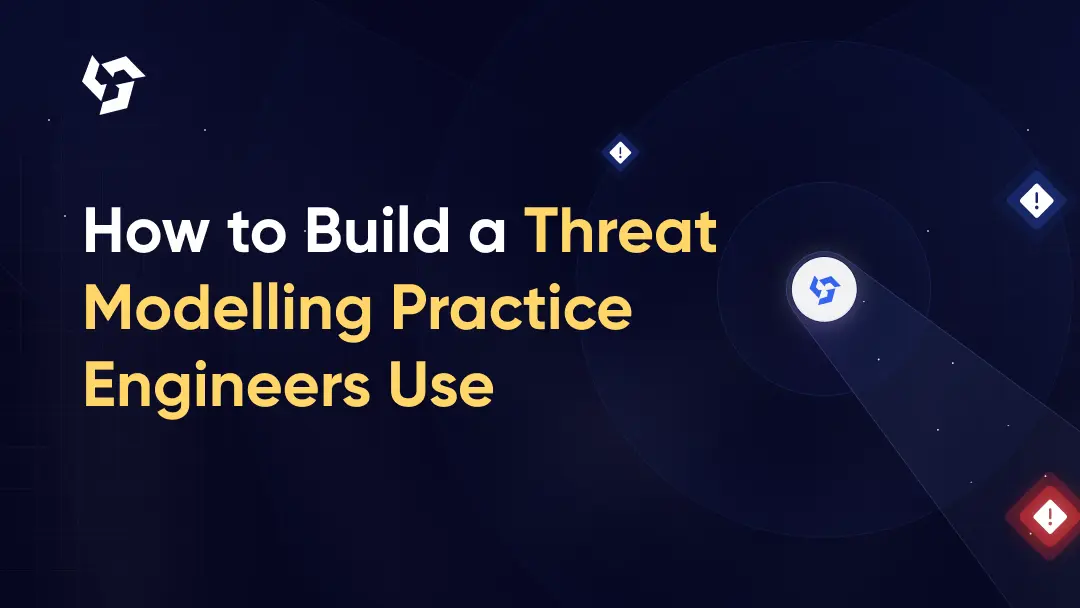


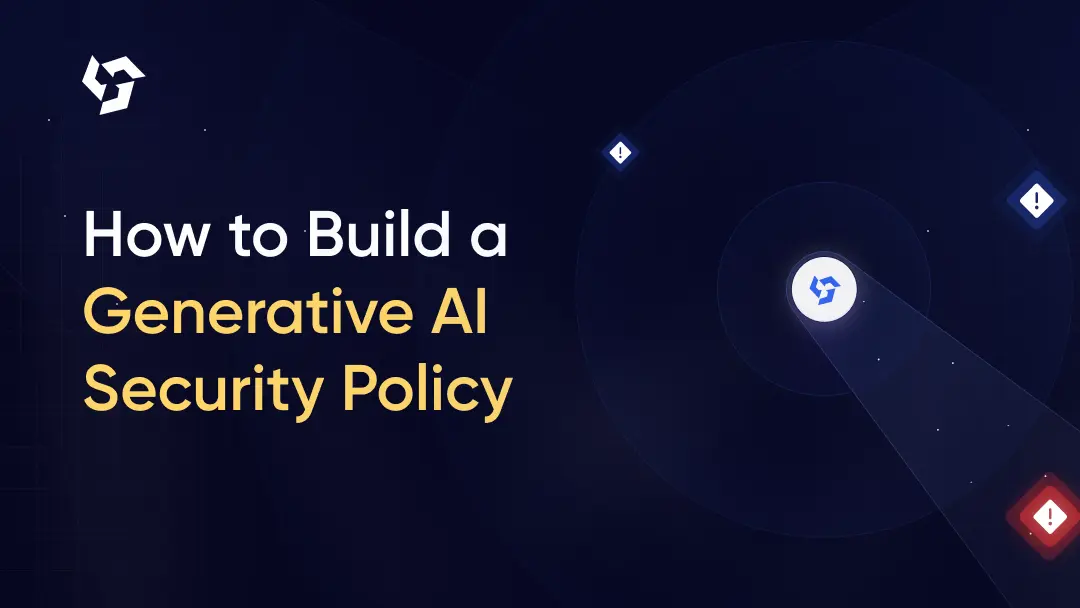
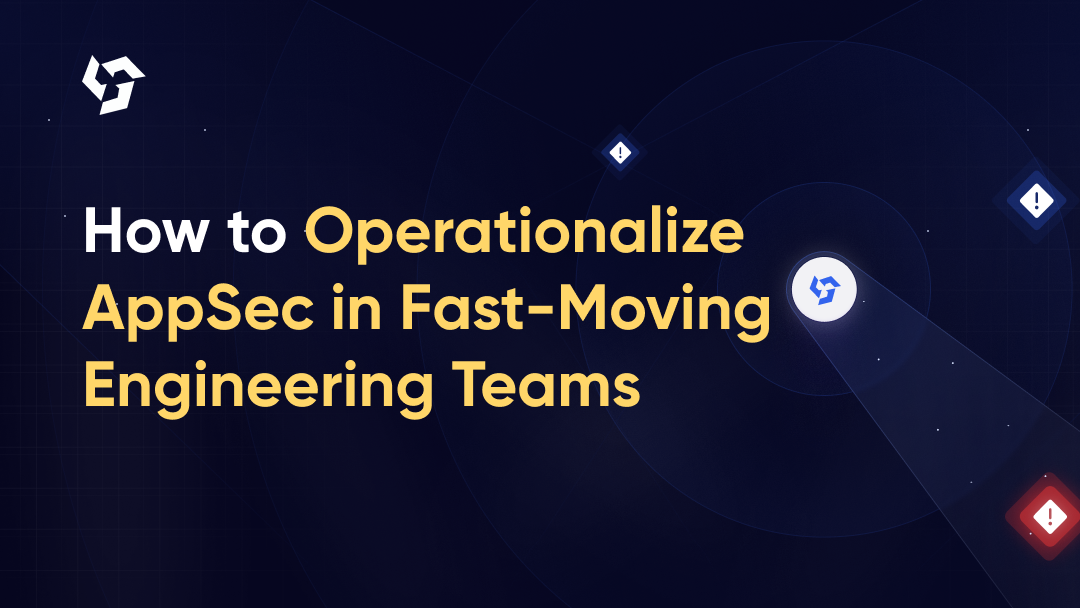

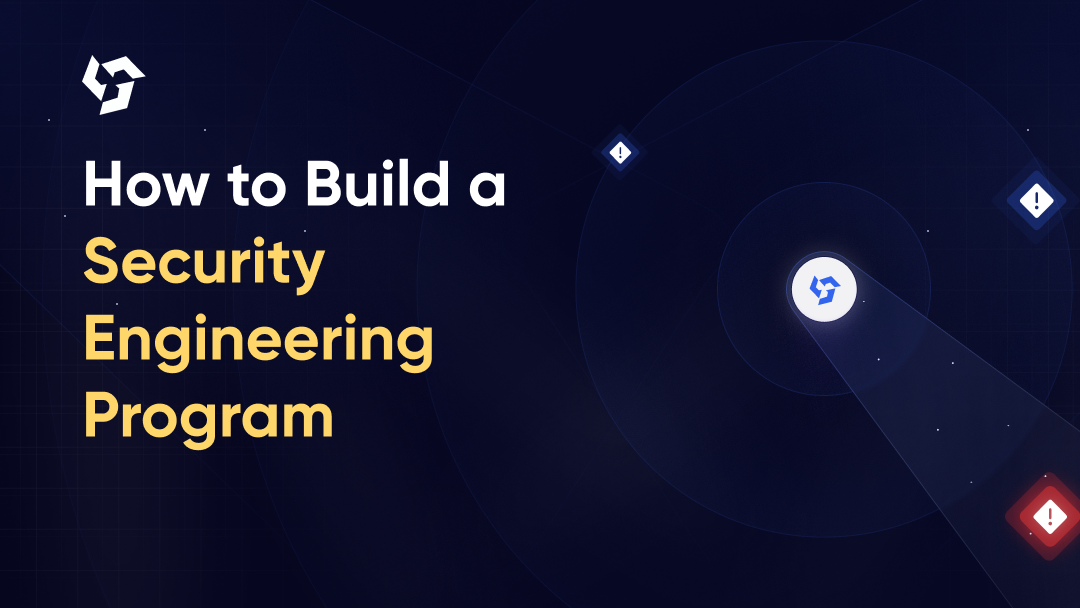

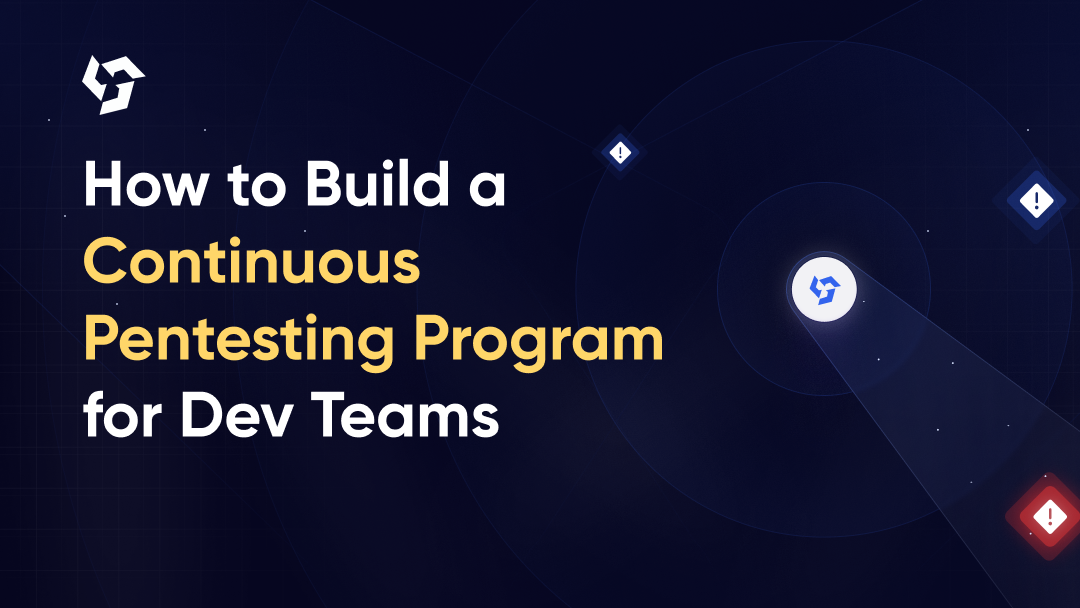

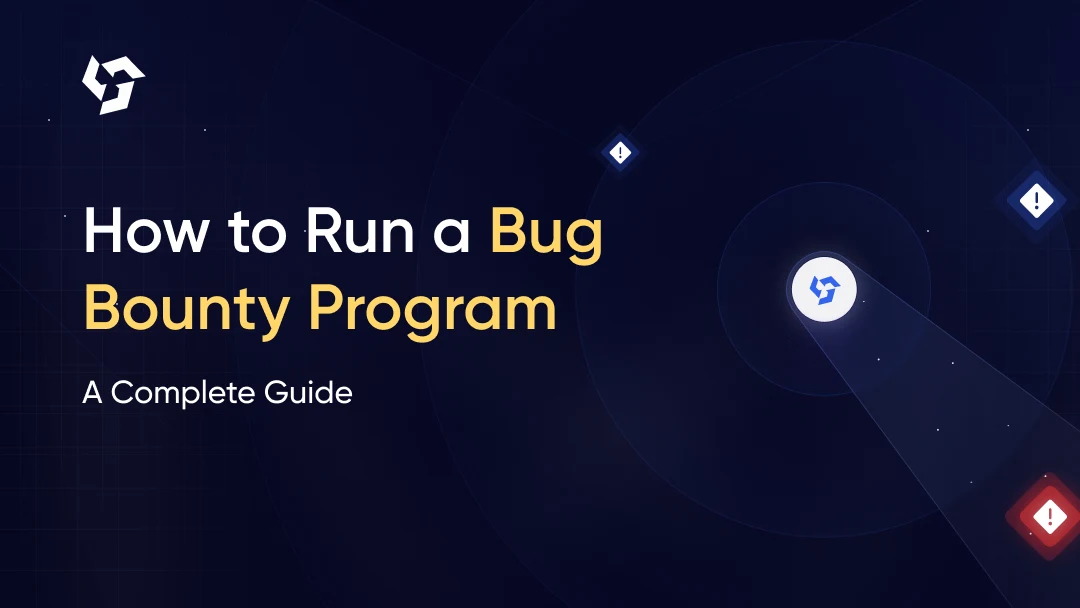


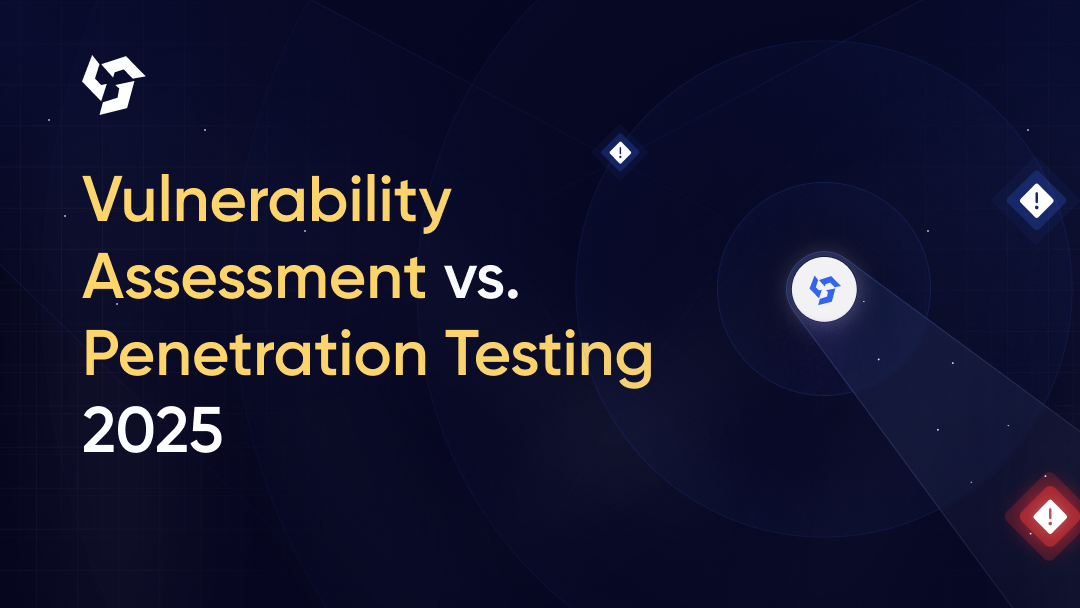

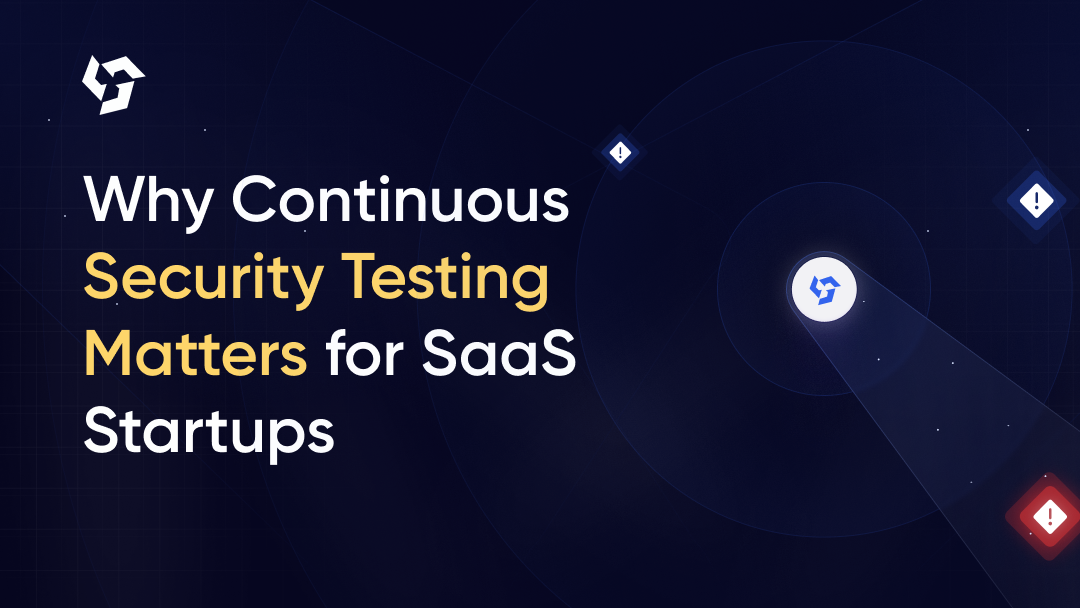
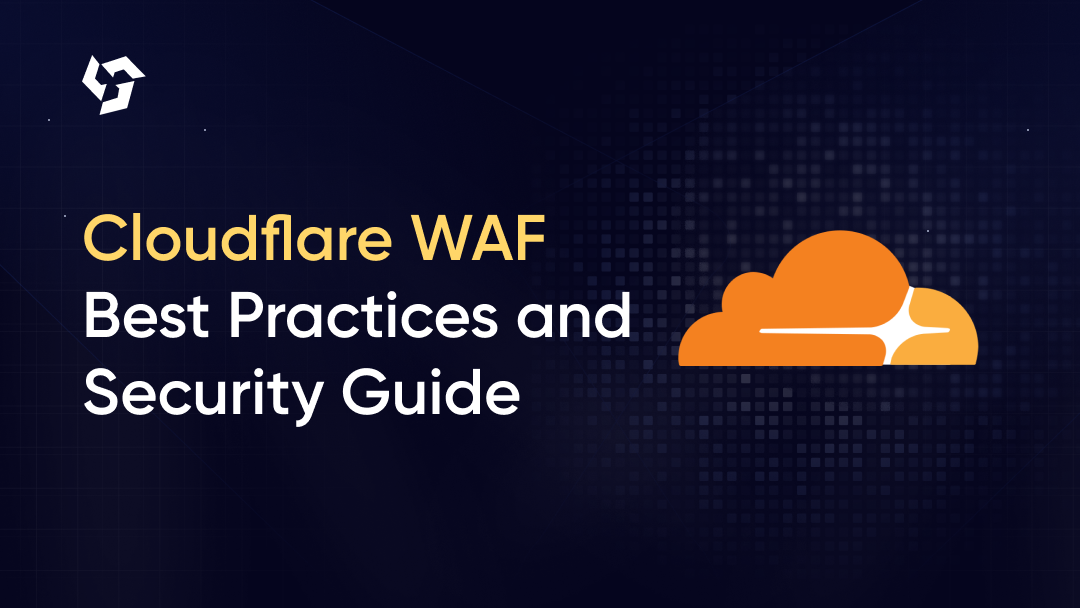

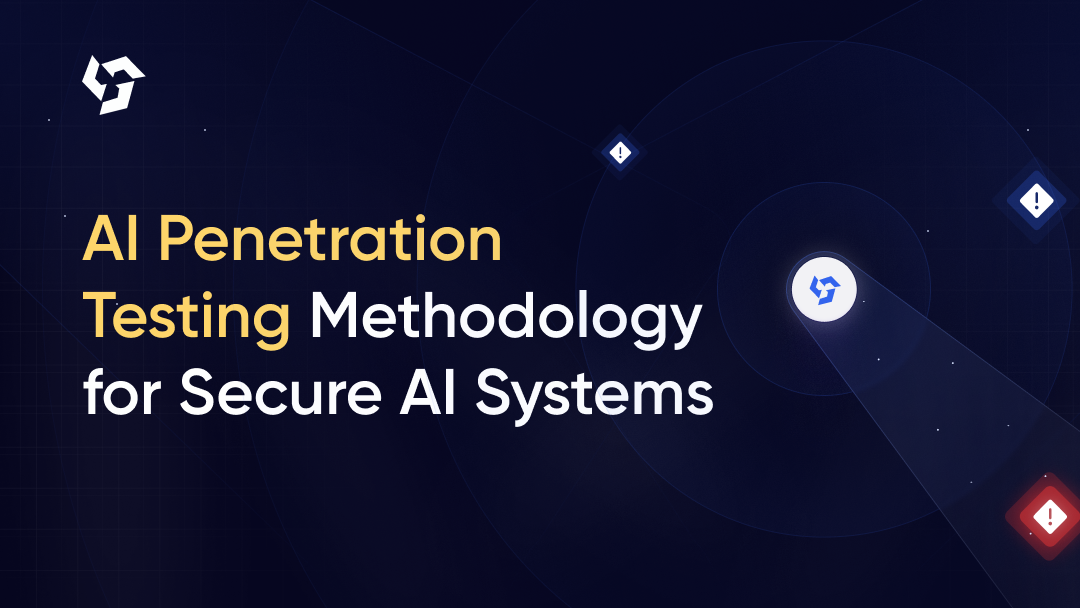

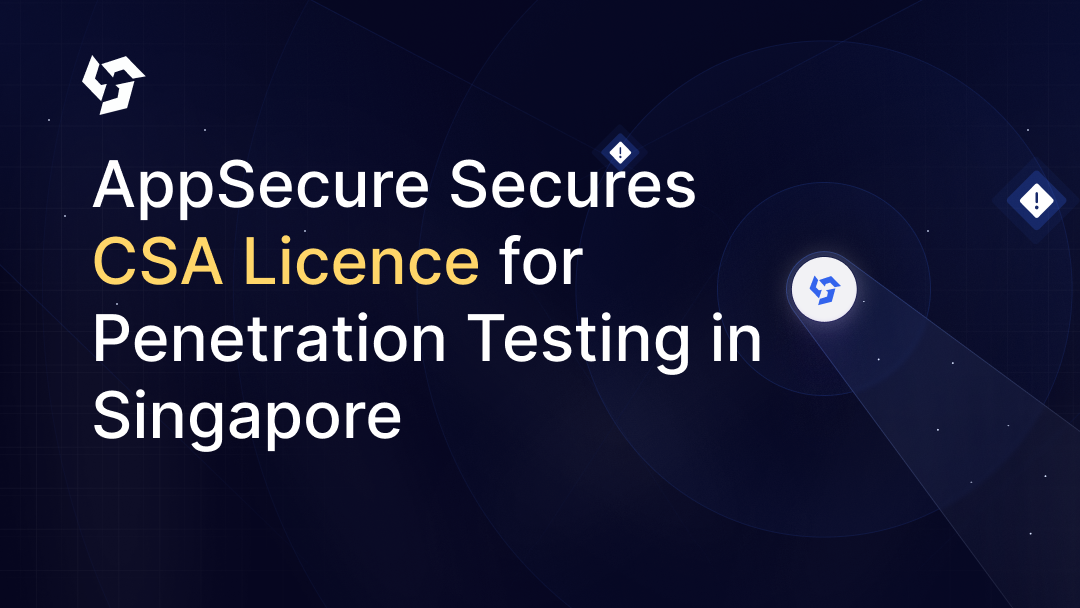
.png)
.png)
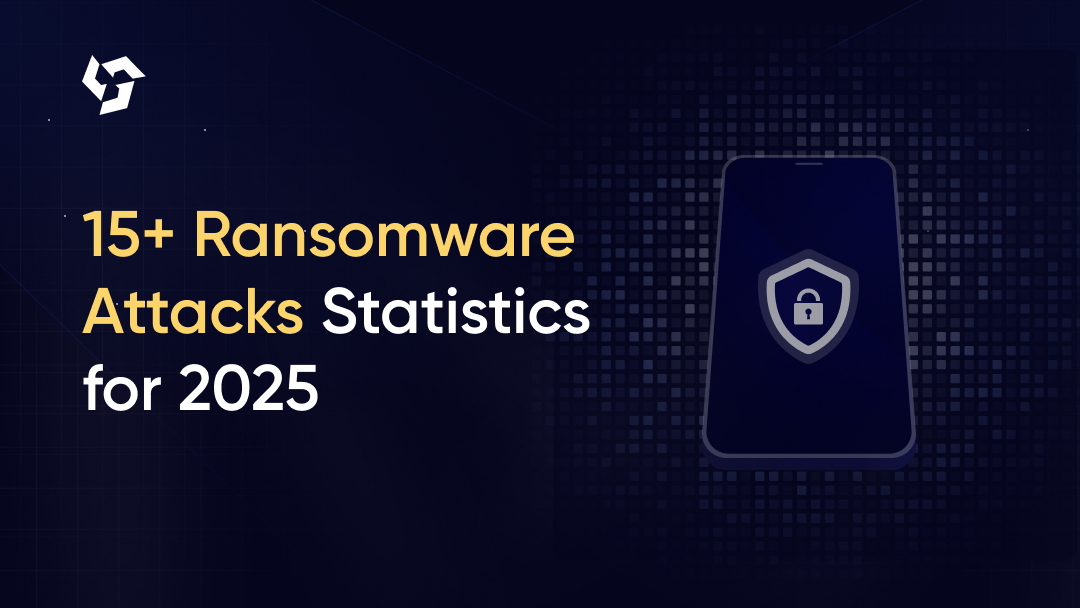
.png)
.png)
.png)
.png)
.png)
.png)
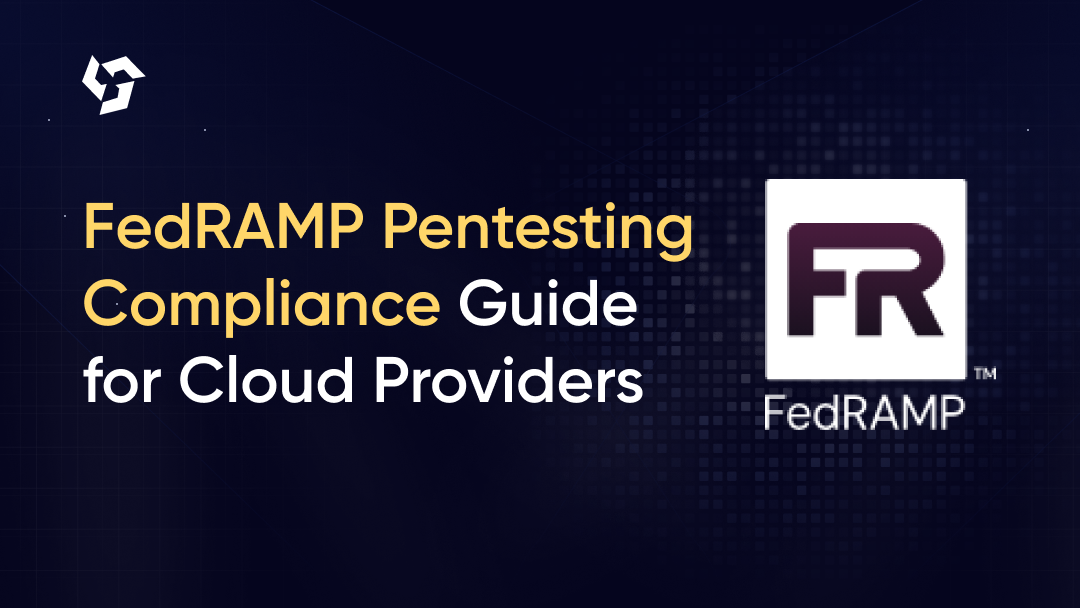
.png)
.png)
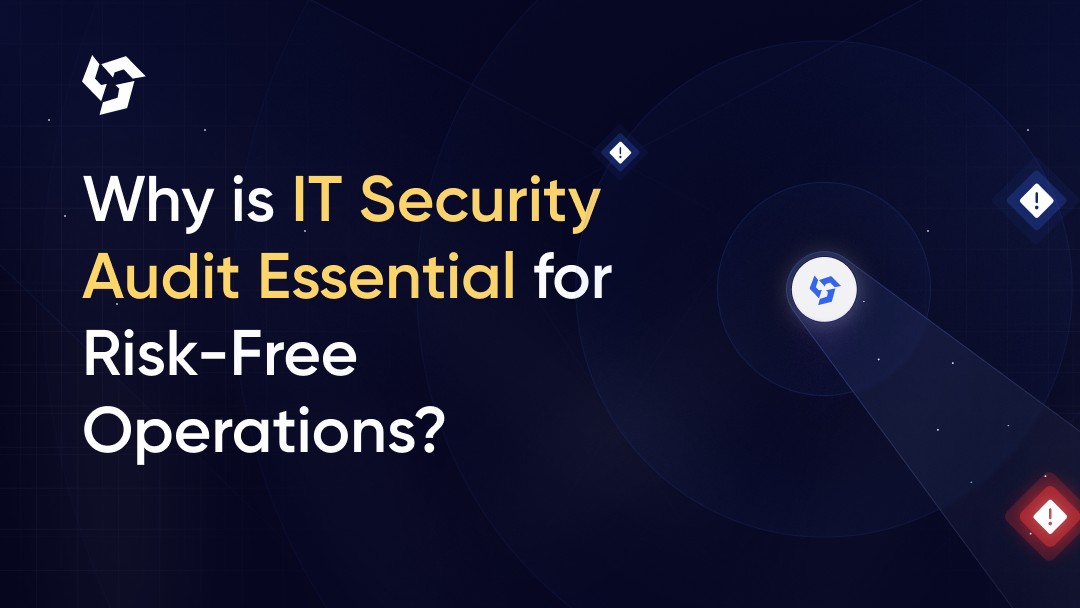

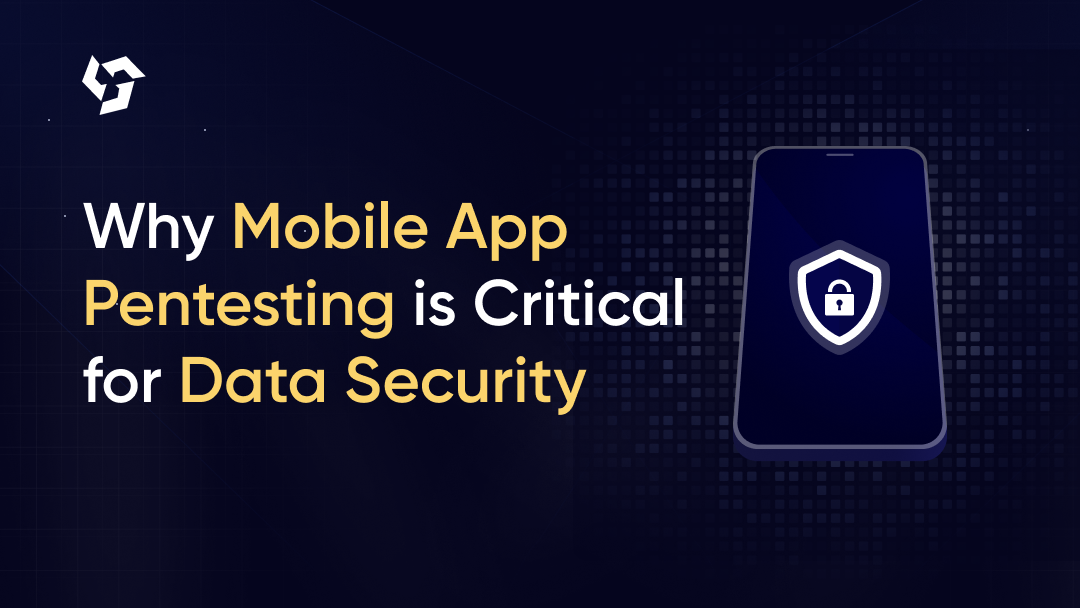
.png)
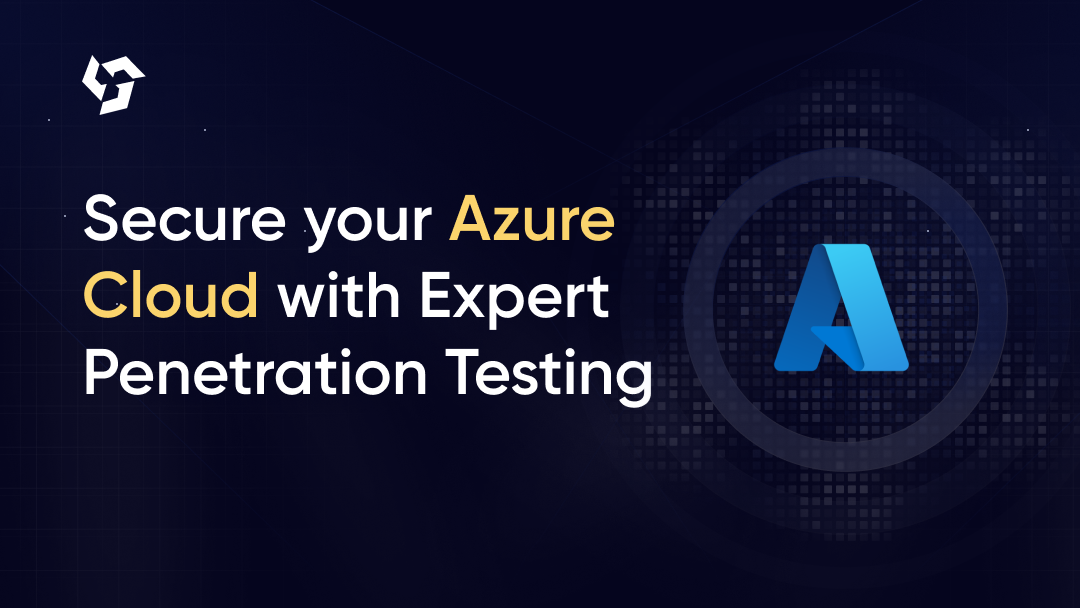
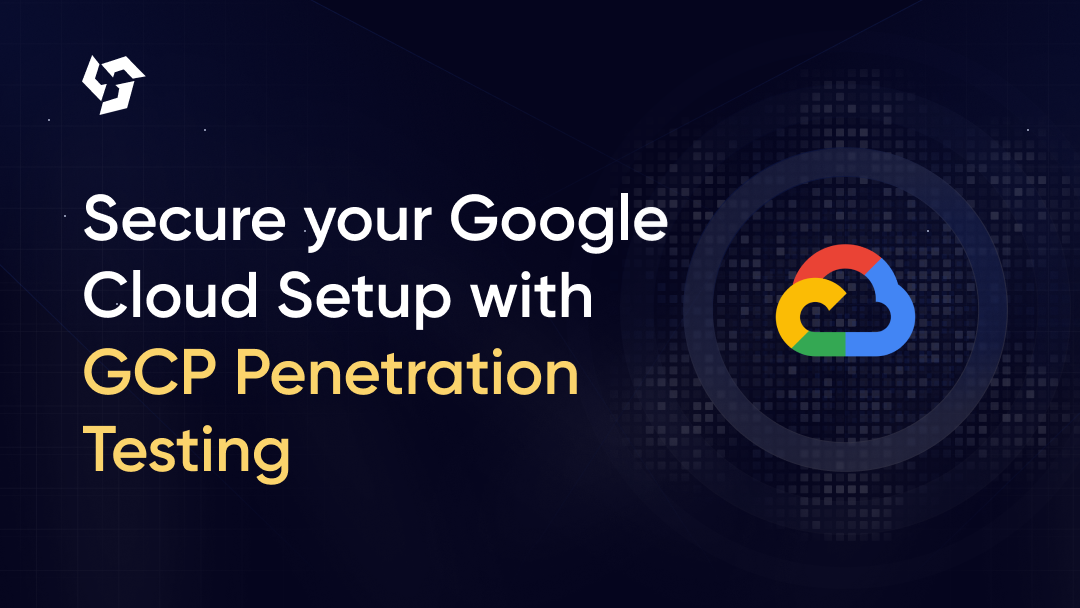
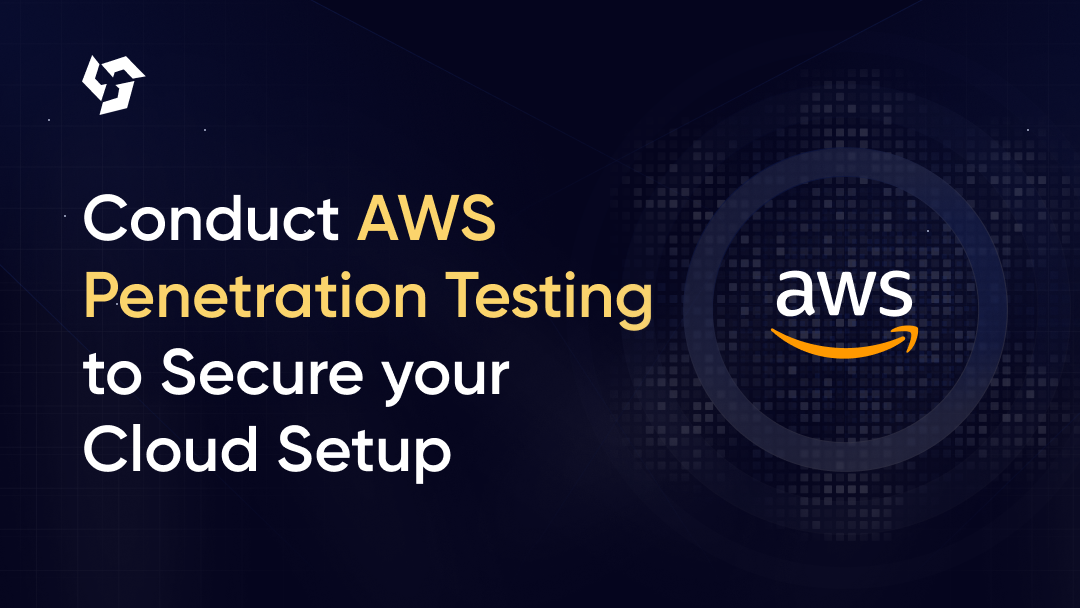
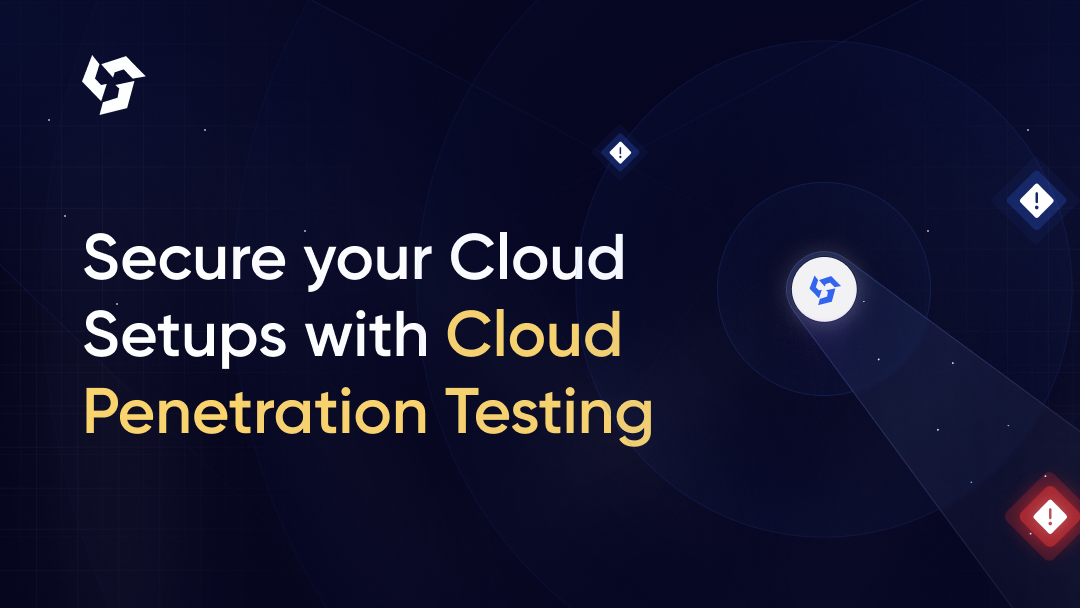
.png)
.png)
.png)
.png)

.png)
.png)
.png)
.png)
.png)
.png)
.png)
.png)

.png)









.webp)





.webp)


.webp)

.webp)



.webp)
.webp)
.webp)
.webp)













.webp)
